Description
90 Seeds Oaxacan Green Dent Corn a centuries-old variety cultivated by the Zapotec and Mesoamerican people. Its large emerald green, gold, and azure kernels has a richer, more buttery texture than other corns and are used to make their distinctive green masa. These large green corn plants can reach 7 feet in height and produce ears 6-10 inches long. Ears grow large shiny kernels in an attractive color gradient, perfect for decorations for your home, barn, or business! Corn is one of the plants grown in the traditional Native American vegetable technique called the Three Sisters. The other two plants in the Three Sisters are beans and squash, and each has its role in the companion planting tradition. Corn serves as a support for the vining beans. Squash served as a ground cover, preventing weeds from growing. Beans provided natural fertilizer for all. Also Known As: Blue and Green Indian Corn, Green and Gold Indian Corn, Zapotec Corn, Native American Corn, Flint Corn, Indian Corn, Pole Corn, Field Corn, Maize, Maise, Calico Corn, Popcorn, Ornamental Corn, Decorative Corn. We ship in 1 business day. Shipped with USPS First Class Mail. Plant Name: Corn, Oaxacan Green Dent Latin Name: Zea mays Days to Germinate: 10-14 Days to Harvest: 70 Germination Rate: 90% Test Date: 1/22 Growth Habit: Upright USDA Zones: 4-9 Lifespan: Annual Country of Origin: United States Sunlight: Full Sun, Partial Shade GMO: No Pollination: Hybrid Fungicide-Treated Seeds*: No Seeds Packed For**: 2022 *Fungicide-treated seeds protect the seedlings from diseases until they are up and growing. Do not eat treated seeds. **Seeds are freshly packed for the growing season of the year listed. Seeds are still viable beyond pack date. Store in a cool and dry location such as the refrigerator or basement to best preserve germination rates. Planting Instructions: Soil Preparation and Fertilizing: For small gardens, corn is best planted in square blocks instead of long rows to improve cross-pollination between corn stalks. Corn will grow best in areas with plenty of sunlight and prefers well-drained soils with a pH between 5.5 and 7.0. To prepare the soil, clear the area of rocks, trash, and large sticks. Small pieces of grass and leaves can be mixed into the soil to make it richer. Spade the soil 8-10 inches deep and completely cover plant material. You may optionally scatter 2-3 pounds of a complete fertilizer for every 100 square feet of garden area. Rake it into the top 4 inches of soil. Rake the soil until it is smooth. Planting: Corn is best planted after the soil warms and is free from all danger of frost. Plant 1-2 ounces of seed for every 100 feet of row. Corn grows best when planted in several short rows instead of one long row. This makes it easier for the plants to pollinate and fill cobs with kernels. Plant corn seeds 1 inch deep and 3-4 inches apart. Space rows 2 1/2 – 3 feet apart. After the plants are up, thin them to 1 foot apart. For a steady harvest, plant again after 2-3 weeks. Planting Depth: 1 inch Within-Row Spacing: 3-4 inch, thin to 1 foot Between-Row Spacing: 2 1/2 – 3 feet Care During the Season: Watering: Water corn as needed to keep it from wilting. When kernels are forming, try not to let the corn suffer from lack of water. Weeding and Fertilizing: Hoe the weeds off just below the soil’s’ surface. Try not to work the soil more than 1 inch deep to prevent injuring root systems. When corn plants are about 2 feet fall, you may optionally apply 1 cup of fertilizer for every 10 feet of garden row. Scatter fertilizer evenly between rows and mix it lightly with the soil. Water after fertilizing. Insecticides: Insecticides may be used to protect plants. Bt-based insecticides and sulfur are organic options that can be used for prevention. Sevin is a synthetic option. Sulfur also has fungicidal properties and helps in controlling many diseases. Before using a pesticide, please read the label and always follow cautions, warnings and directions. Diseases: If a few of your corn plants are stunted, they may have a viral disease and should be removed to keep the virus from spreading. Harvesting: Indian Corn are ready for harvest when the outer husks turn brown and dry. To harvest the ears, hold the stalk below the ear and twist the tip of the ear toward the ground until it breaks off. Let the corn ears dry for a week. You may optionally coat Indian corn with lacquer to give a shiny appearance. Indian corn may be stored at room temperature for 4-6 months.

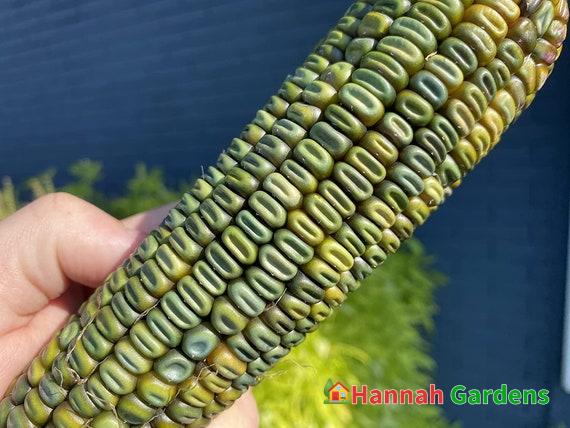
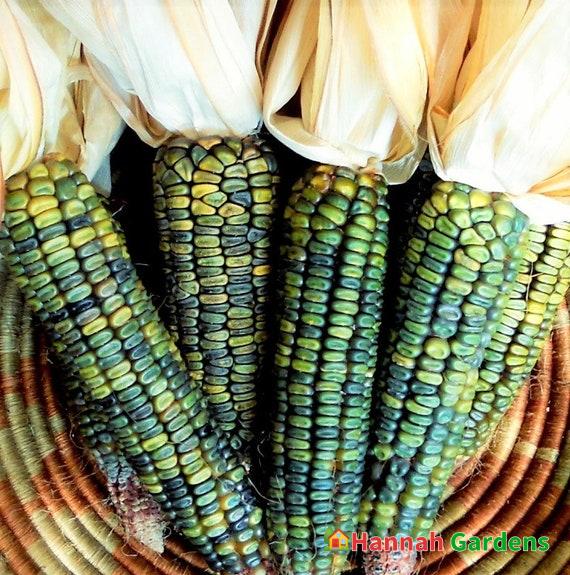
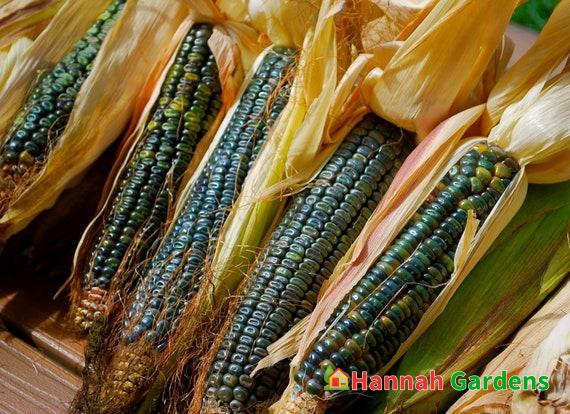
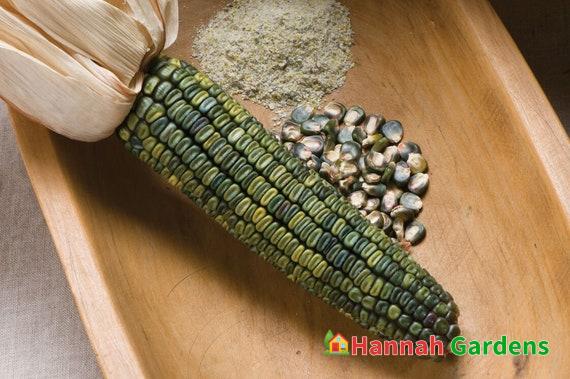
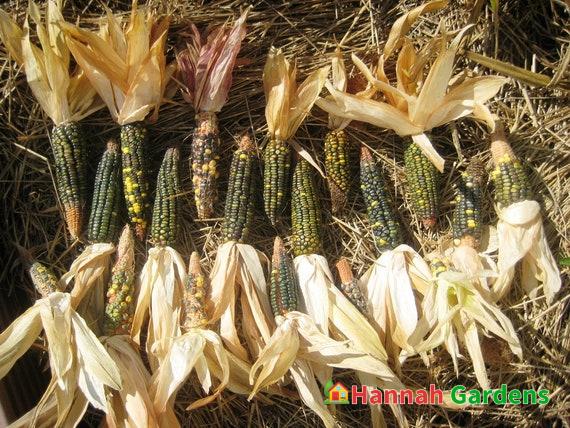
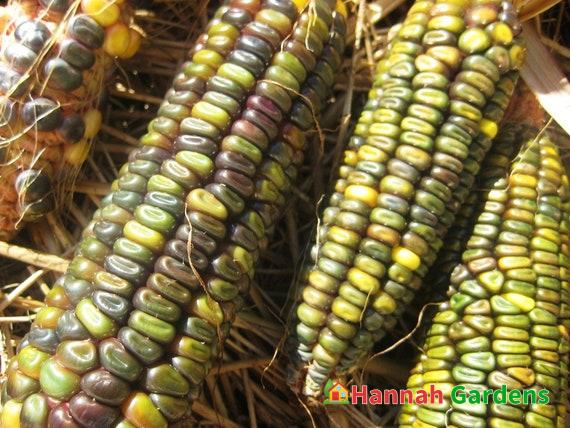
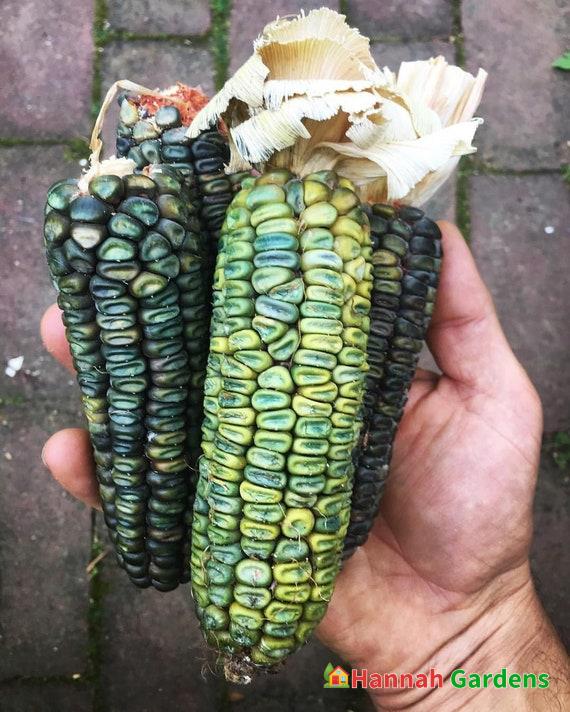
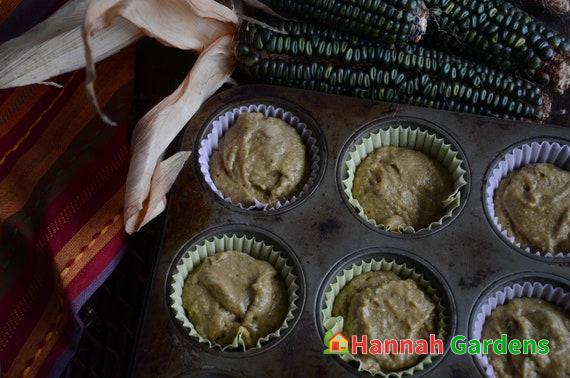
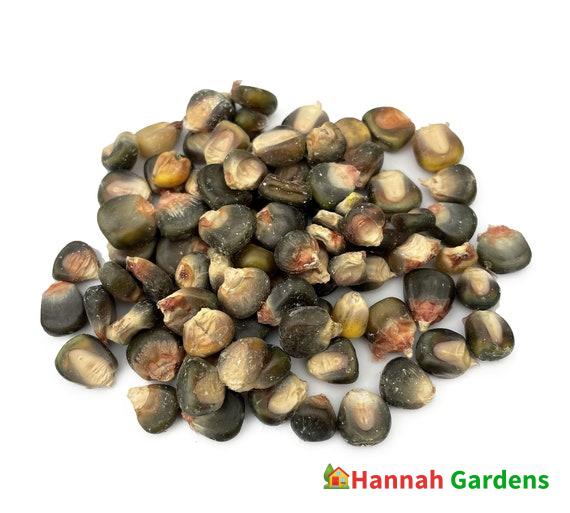
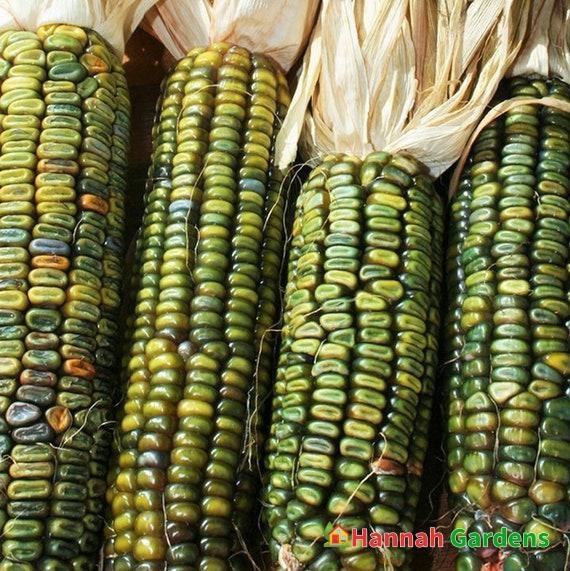
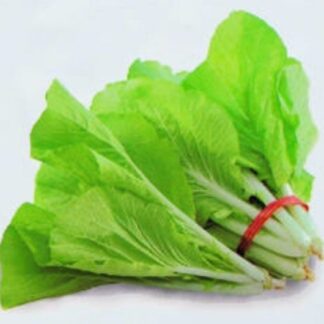
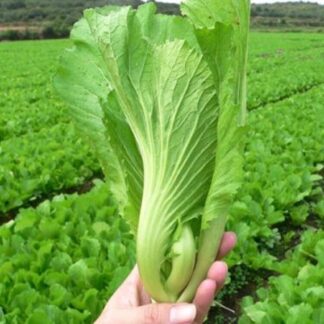
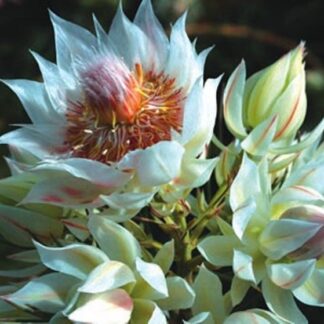
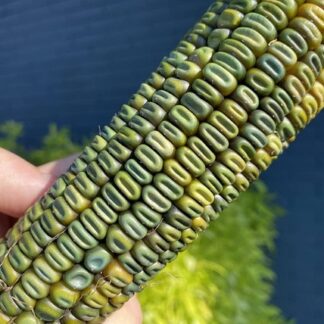
Reviews
There are no reviews yet.